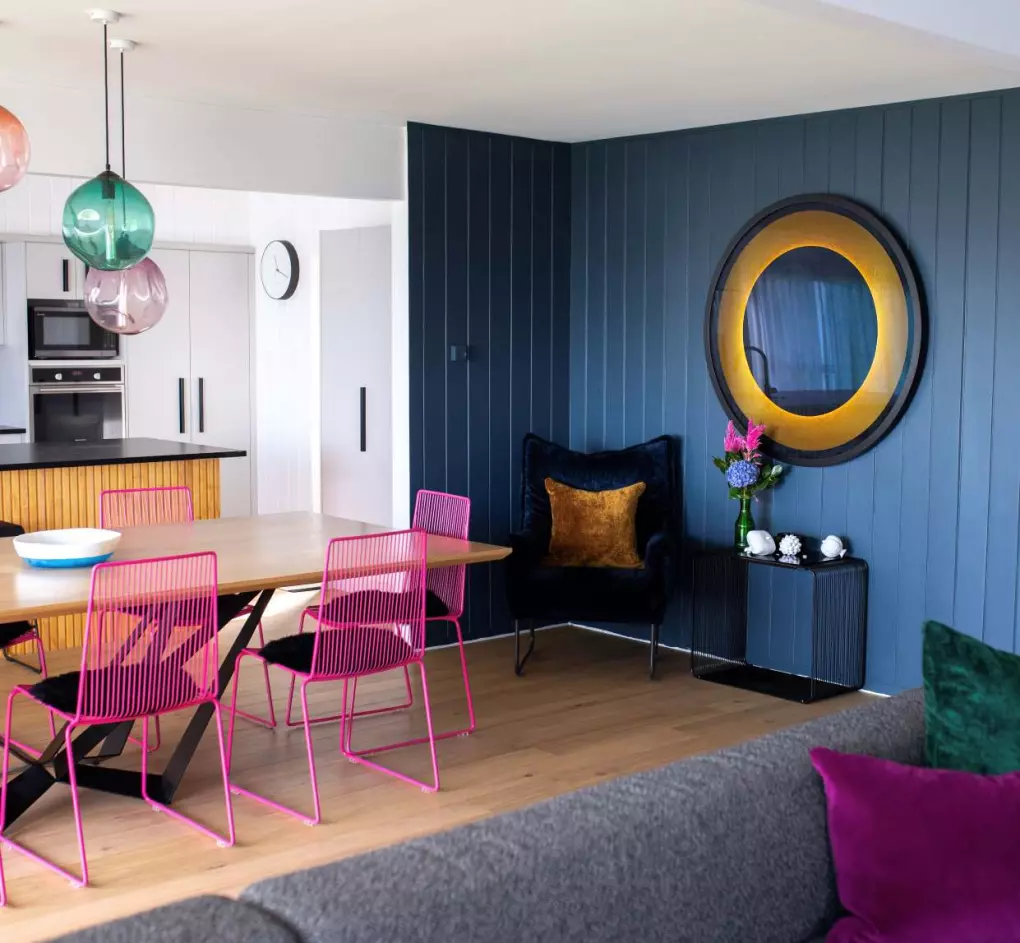The finalists have been found for the Dulux Colour Awards, the premier showcase of inspirational colour applications in residential, public and commercial spaces in New Zealand and Australia.
Architects, interior designers and students from the two countries submitted a record number of entries for the 37th iteration, and 113 finalists were selected across seven categories.
These include hospitality, residential and commercial interiors, and student work.
The NZ entries, some of which are pictured below, include residential interiors in Auckland's Beach Haven and Omana by the at.space studio of Alex McLeod and Tomi Williams.
There's also a Raumati Beach interior by Kāpiti's Dress My Nest.
The Nightlight – a Fabric-designed utility shed in Akaroa that doubles as a sculptural light feature – is up for the residential exterior award.
The Tax Traders Office in Auckland's Newmarket, by Material Creative, is up for best workplace and retail commercial interior, and Wellington central's Edwardian St James Theatre, by Shand Shelton, is up for best public and hospitality commercial interior.
'Forward-thinking and adventurous'
Isabella Sagar (University of Auckland) and Jessica Wylie and Augustina Binyamin (Victoria University of Wellington) have been shortlisted in the student category, described by Dulux colour specialist Davina Harper as highly competitive and "where projects are typically forward-thinking and adventurous".
The winner of the category will be invited to participate in the global design competition AYDA (formerly known as the Asia Young Designer Awards).
The Dulux awards have become synonymous with architectural excellence, according to the company's colour and communications manager, Andrea Lucena-Or.
“It reflects the maturing appreciation of the role that colour plays in the built environment, as well as the courage architects and designers display with exciting innovation.
Bold graphic statements
Davina Harper said this year's finalists "demonstrate the capacity for colour to be a fundamental and versatile design tool".
"There are residential projects in which colour is cleverly used to delineate contemporary additions to older homes, competing with houses bearing bold graphic statements and others in which subtle yet all-encompassing tonal nuance is the primary design strategy.
"Similarly, there is an exceptional breadth of colour evident across the commercial categories.
"It is safe to say, based on the extent of this year’s entries, that the days of ‘safe’ and predictable palettes in this sector are changing."
Notable playfulness
From education and office fitouts to health, retail and hospitality, there was notable playfulness and vibrancy, with the use of murals and feature signage more prevalent than ever, Harper said.
Emerging trends include the use of colour-blocking and graphic devices in bold hues on neutral bases.
Earthy tones are always strong, and this year, particularly, warm whites and neutrals, muted pastels and subtle greens are popular.
“Contrastingly, deep, colour-saturated interiors are coming through, especially in moody blues, environmental greens, burnt reds and dusky pinks," Harper said.
"We have also noticed a shift towards the consideration of painted architectural details, such as skirtings, window frames and doors, which inevitably add a level of refinement to any project.”
Greater freedom
She said designers’ and architects’ confidence in using colour is enabling them to enjoy a greater degree of freedom and experimentation.
The judging panel for the finals comprises Auckland-based interior designer Sarah Carney of CTRL Space and Australian judges Andrew Piva, Brahman Perera, Lisa Lee and Byron George.
The award winners will be announced in Melbourne on May 11.
Beach Haven Residence, Auckland
(at.space)
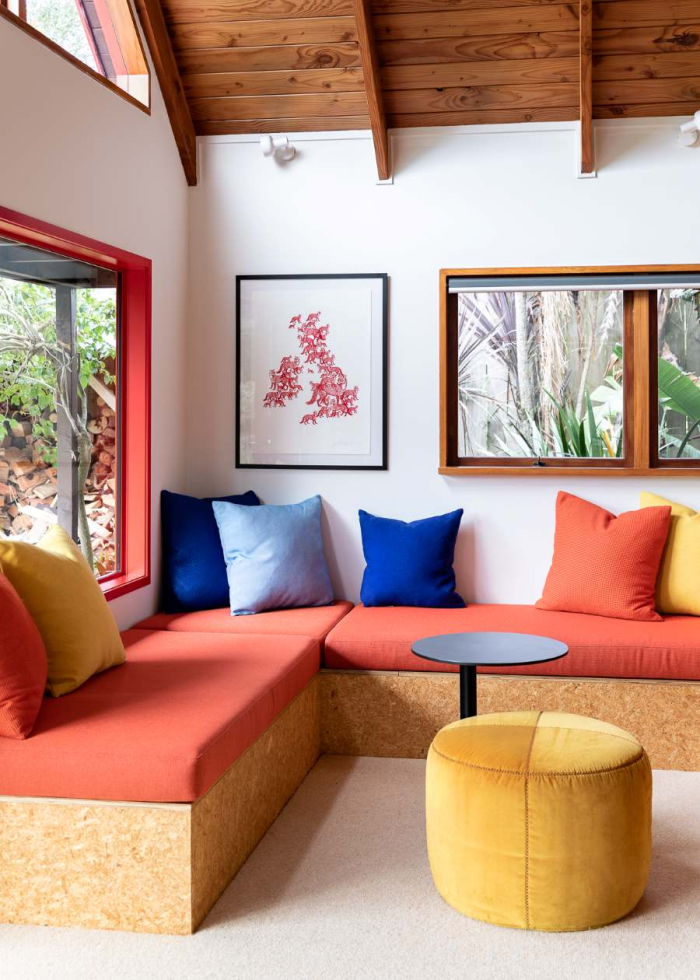
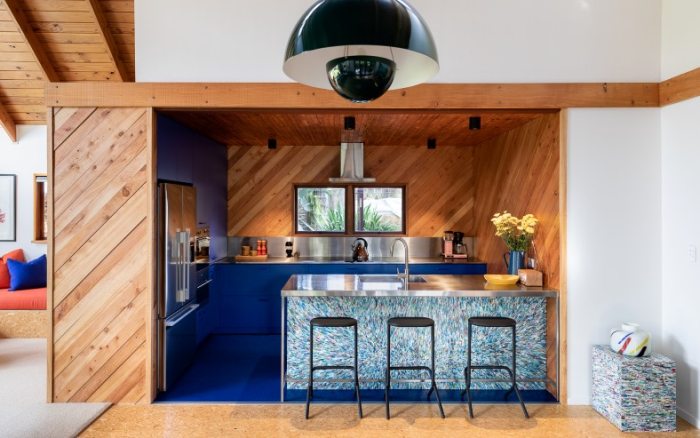

Omana Residence, Auckland
(Tomi Williams)

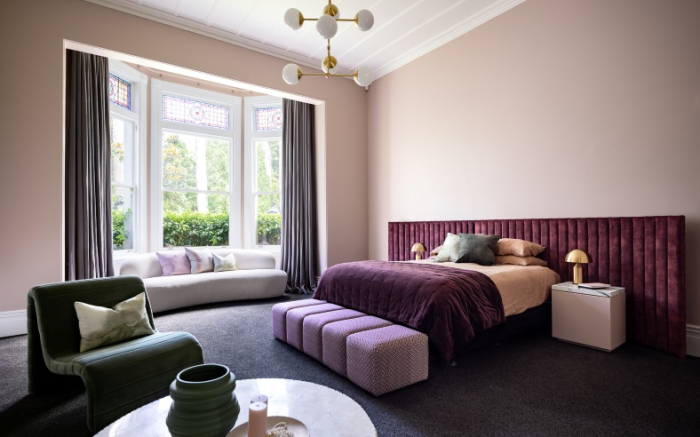
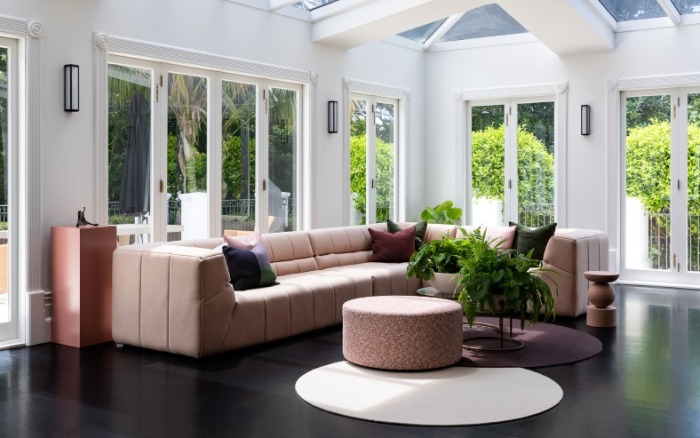
Joyful Raumati Beach
(Dress My Nest)
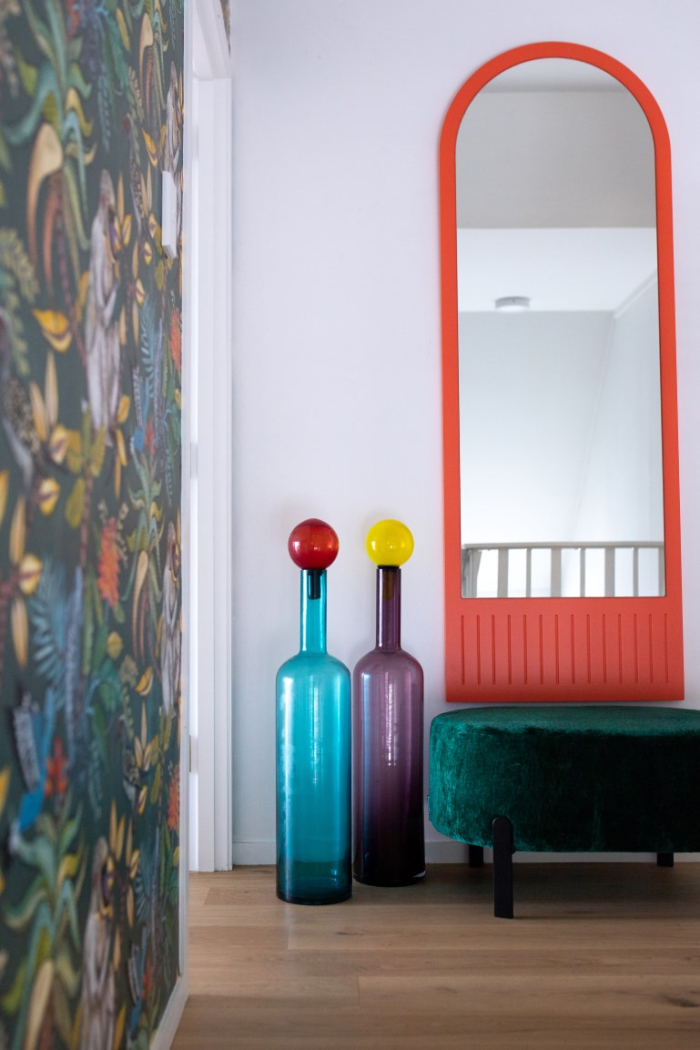
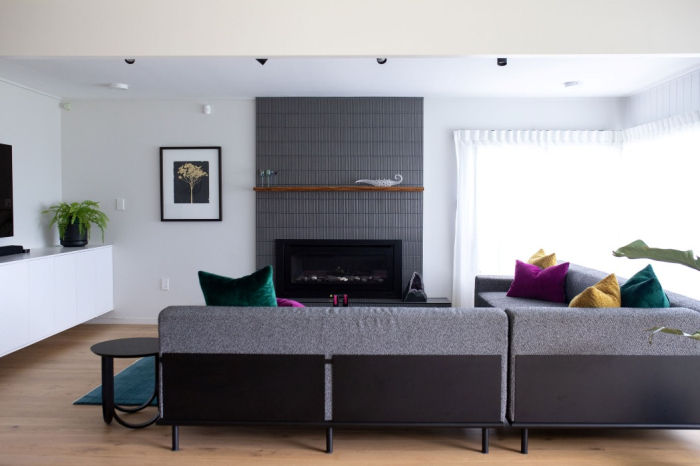

Nightlight, Akaroa
(Fabric, Christchurch)
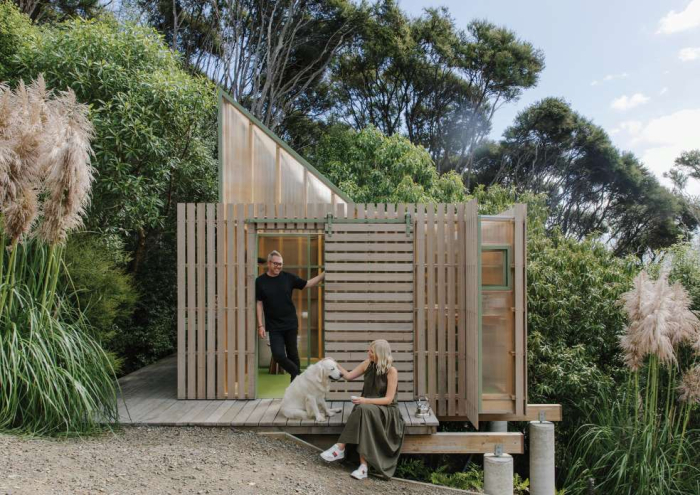


Tax Traders Office, Auckland
(Material Creative)
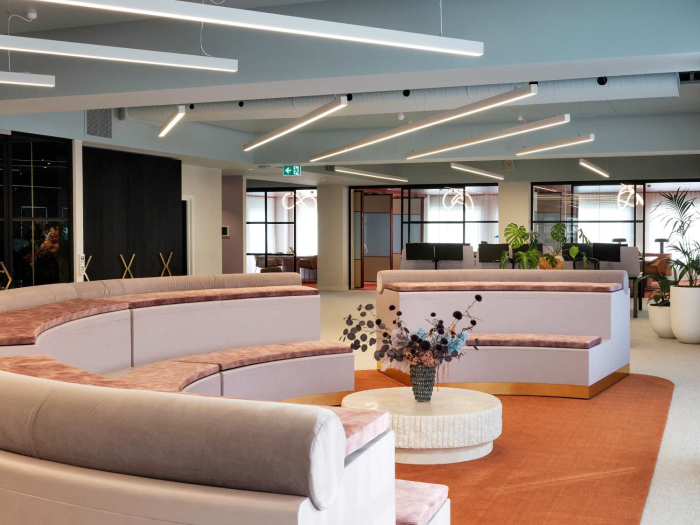

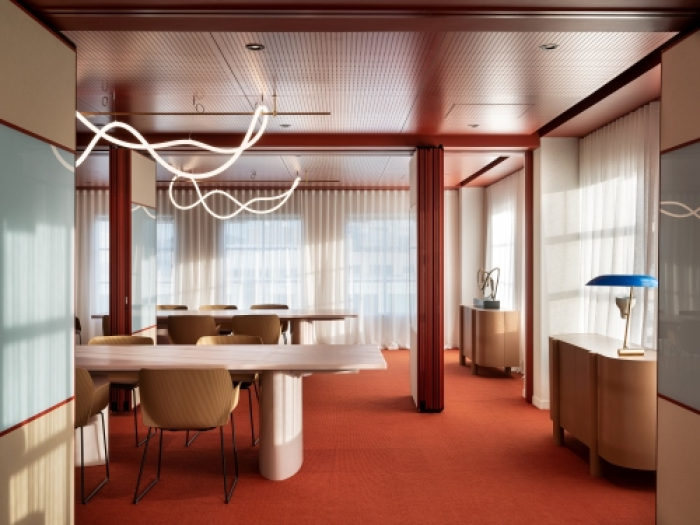
St James Theatre, Wellington
(Shand Shelton)



Isabella Sagar
(University of Auckland)


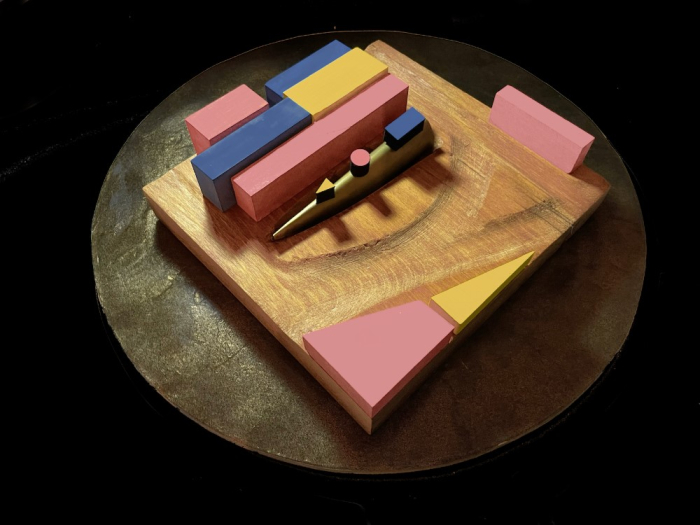
Jessica Wylie
(Victoria University of Wellington)
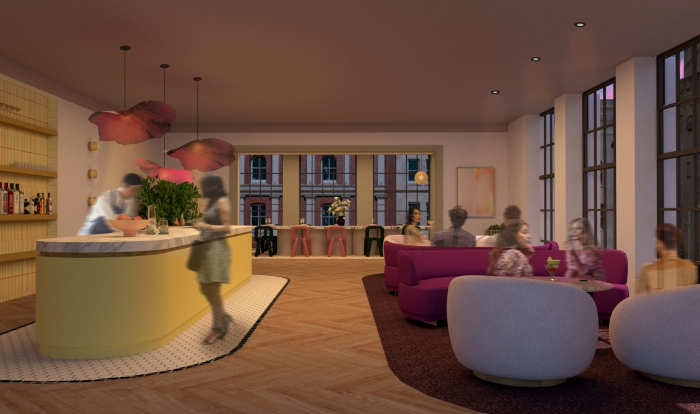


Augustina Binyamin
(Victoria University of Wellington)





